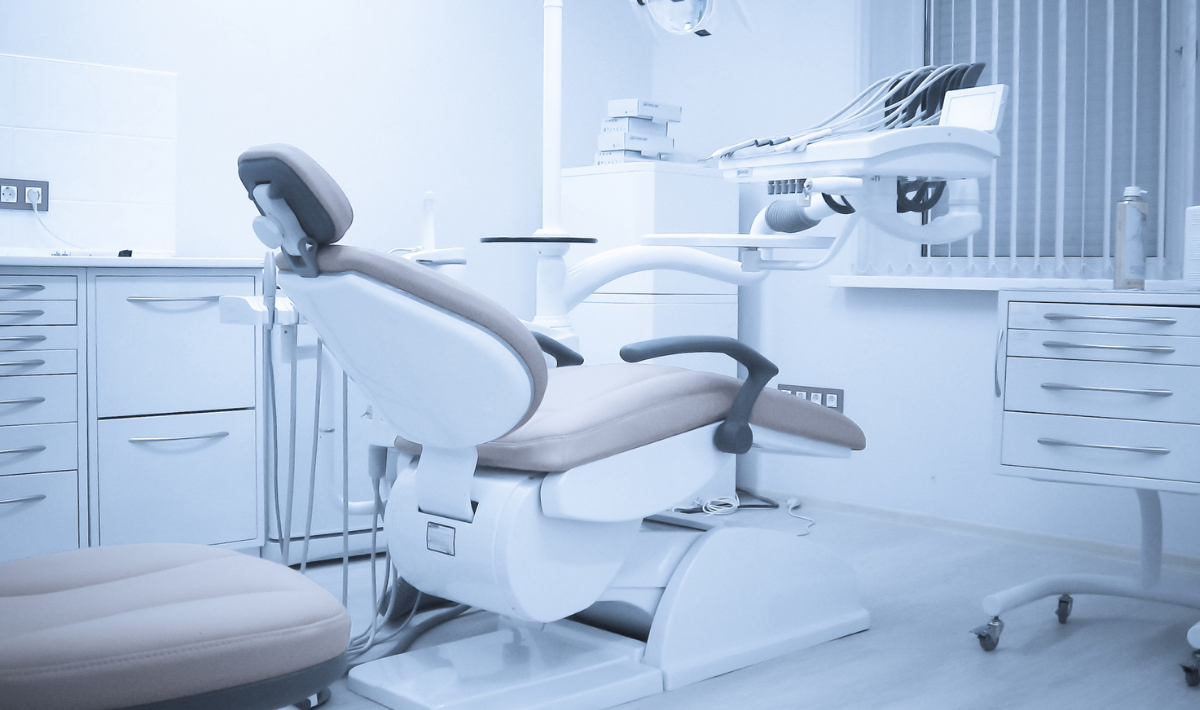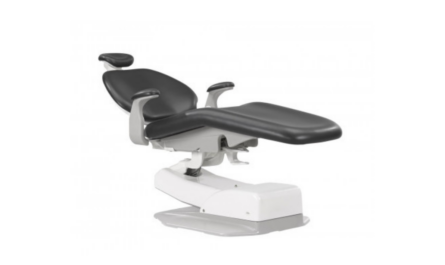Sponsored Crosstex
VistaCool™ Direct-to-Drain Cooling System for Autoclave Wastewater saves staff time while protecting cabinetry and drains from steam-sterilizer exhaust.
Adhering to proper sterilization protocols in the dental practice is key to infection control and the safety of patients and staff. But sterilization comes with its share of challenges. For instance, with steam sterilization, autoclaves that use fresh water for each cycle must exhaust wastewater in the form of steam and condensation. Most sterilizers discharge this steaming-hot exhaust into some form of condenser bottle, which is typically located beneath the sterilizer inside a base cabinet. It’s important that this sterilizer wastewater is managed properly, but dealing with it can be problematic.
Over the course of multiple sterilization cycles, these condenser bottles fill up and can get very hot. It’s not unusual for busy practices to have to empty the bottles many times throughout the week, creating additional tasks for office staff members. If the bottles are emptied too soon, before they have sufficiently cooled, the wastewater can actually melt plastic plumbing. On the other hand, if the bottles aren’t emptied frequently enough, they can overflow inside the cabinet. In addition, spills and steam that escape from condenser bottles create a humid environment, which can contribute to delamination, mildew, rot and rust inside sterilization center cabinets.
To help dental practices protect drains and cabinets, as well enhance office efficiency, Crosstex, a Cantel Medical Company, now offers the VistaCool™ Direct-to-Drain Cooling System for Autoclave Wastewater. This patent-pending system saves staff time by eliminating the need for office staff to empty condenser bottles manually. And because it’s non-electric and self-regulating, there’s no user maintenance required. Unlike other systems, only the VistaCool™ Direct-to-Drain Cooling System for Autoclave Wastewater can refresh its own coolant water when it senses that the water in the tank has become too warm to serve as an effective coolant.
Not only does the system prevent sterilizer wastewater from melting plumbing, the CSA-certified backflow prevention meets or exceeds most local plumbing codes. And because cooled wastewater is sent directly down the drain, dental professionals can rest assured their cabinets will be protected from potential damage due to spills or the humid environments created by exhaust from condenser bottles.
Consider this!
Few dental professionals would question the importance of sterilization. But the sterilization process inevitably raises several questions, such as:
- How will the steam sterilizer exhaust be collected and managed?
- Will our staff have to monitor and manually empty the sterilizer wastewater multiple times each week? If so, how much time will this take, and how safe is it for them to handle bottles of hot condensation?
- What are the odds of a condenser bottle overflowing if the staff becomes busy and forgets to empty it?
- Could our dental cabinets become warped, delaminated or otherwise damaged as a result of steam from condenser bottles?
The VistaCool™ Direct-to-Drain Cooling System for Autoclave Wastewater is approved for use with some of the leading fresh-water sterilizers on the market, including both newer and older SciCan STATIM 2000 and 5000 units, as well as the Midmark and Ritter M3. For practices that prefer using fresh water instead of recirculated water for sterilization, the double-sterilizer model of the VistaCool™ Direct-to-Drain Cooling System for Autoclave Wastewater enables Midmark and Ritter M9 and M11 UltraClave Automatic Sterilizers to use fresh water for each cycle by sending wastewater directly to the drain. This modification requires the use of a simple, Midmark-approved adapter kit.
Learn more at Crosstex.com/VistaCool.
Editor’s note: Sponsored by Crosstex International Inc, a Cantel Medical Company.





